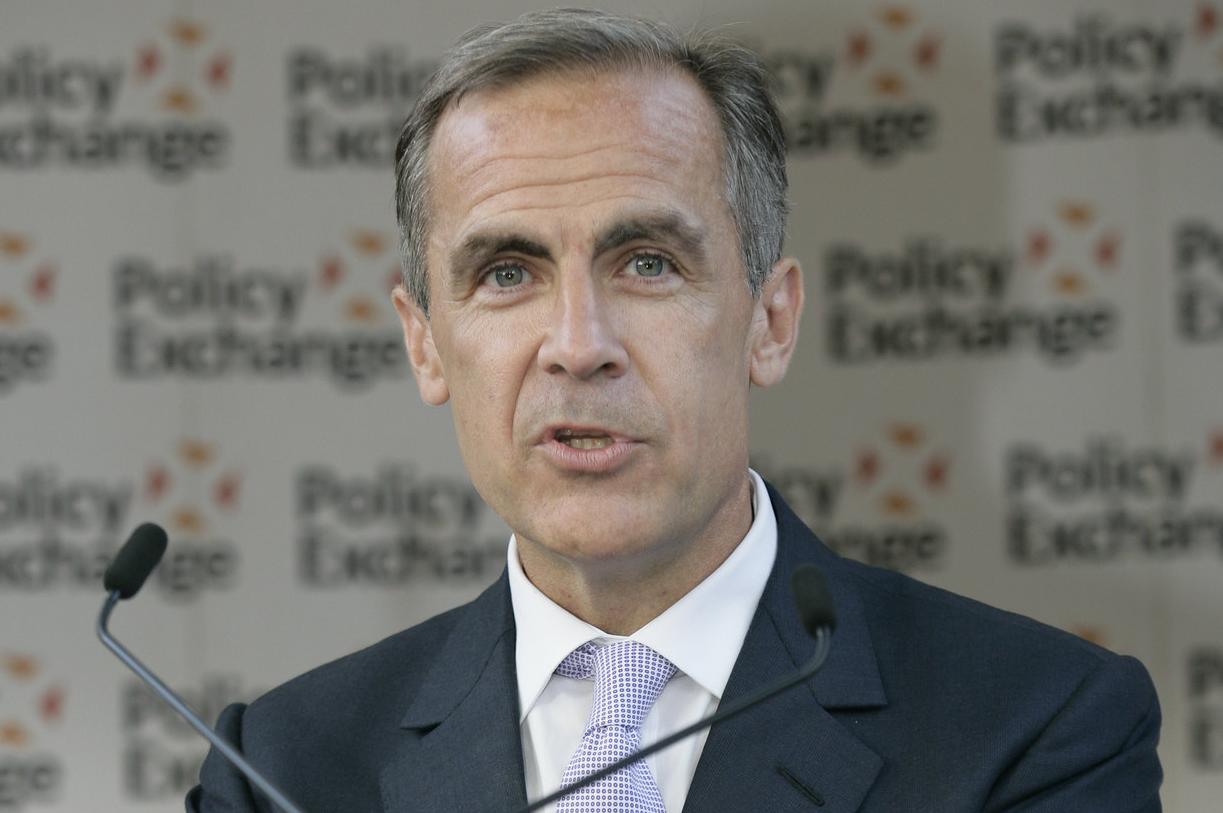Canadians swept Canada’s Liberal Party back into power in Monday’s election. Mark Carney, who until recently had never held a political office, will remain the country’s prime minister. Mr. Carney will face many challenges, including dealing with US President Donald Trump.
Mr. Carney, 59, has lots of experience guiding large banks through difficult times. He got the Bank of Canada through a time when banks and businesses around the world were struggling. And though he’s Canadian, he was chosen to run the Bank of England, and help the country as it faced the challenges of Brexit.
But Mr. Carney isn’t a politician. He decided to run for the leadership of the Liberal Party after Ex-Prime Minister Justin Trudeau announced in January that he was stepping down. Mr. Carney won the leadership of the Liberals and soon called for a new election.

(Source: Policy Exchange, via Flickr.com.)
Canada’s Elections
In Canada, people don’t vote for a single leader. Instead, voters elect people to represent them in Canada’s 343-seat House of Commons. If a political party wins more than half of the seats (a majority), its leader will be made prime minister and allowed to form a government.
If no political party wins a majority, the party with the most seats can try to form a “minority” government. This is much more difficult.
In Monday’s election, the Liberals won 169 seats in the House of Commons, so they will continue to have a minority government. They will need the support of at least 3 members of other parties to form a government. It’s the fourth term in office in a row for the Liberals.
Canada’s parliament hasn’t met in over 4 months. Mr. Carney will need to quickly choose the members of his cabinet and begin to work on the problems facing Canada.
😕
This image has not been loaded because of your cookie choices. To view the content, you can accept 'Non-necessary' cookies.
In Monday’s election, the Liberals won 169 seats in the House of Commons, so they will continue to have a minority government. They will need the support of at least 3 members of other parties to form a government. Above, Mr. Carney arrives at his office on Parliament Hill on Wednesday.
Mr. Carney will face many challenges. He’ll need to improve the situation for Canadian businesses and people. Many people in Canada are struggling as prices keep going up. There are also concerns about housing, immigration, health care, and how Canada will use its natural resources.
But the biggest challenge will be figuring out how to deal with Mr. Trump.
In the past, the US has been Canada’s closest ally and the country it does the most business with. But since Mr. Trump took office in January, he hasn’t been treating Canada like an ally. Instead, he has threatened the country with tariffs and has said several times that he wants to turn Canada into the 51st state of the United States.
😕
This image has not been loaded because of your cookie choices. To view the content, you can accept 'Non-necessary' cookies.
Mr. Trump’s comments about Canada may actually have helped the Liberal Party. The main question for many voters became which candidate would be better at standing up to Mr. Trump. The results seem clear: voters chose Mr. Carney. Above, Mr. Carney speaking to supporters on Monday night after he won the election.
Mr. Trump’s comments about Canada may actually have helped the Liberal Party. Before Mr. Trump became president, the Liberals were very unpopular. And the Conservative Party, led by Pierre Poilievre, was very popular.
That quickly reversed after Mr. Trump began attacking Canada. Many people worried that Mr. Poilievre was too similar to Mr. Trump. The main question for many voters became which candidate would be better at standing up to Mr. Trump.
The election results seem to show that Canadian voters think Mr. Carney will do a better job of handling Mr. Trump.
Did You Know…?
Mr. Poilievre lost his seat in Parliament in the election.
